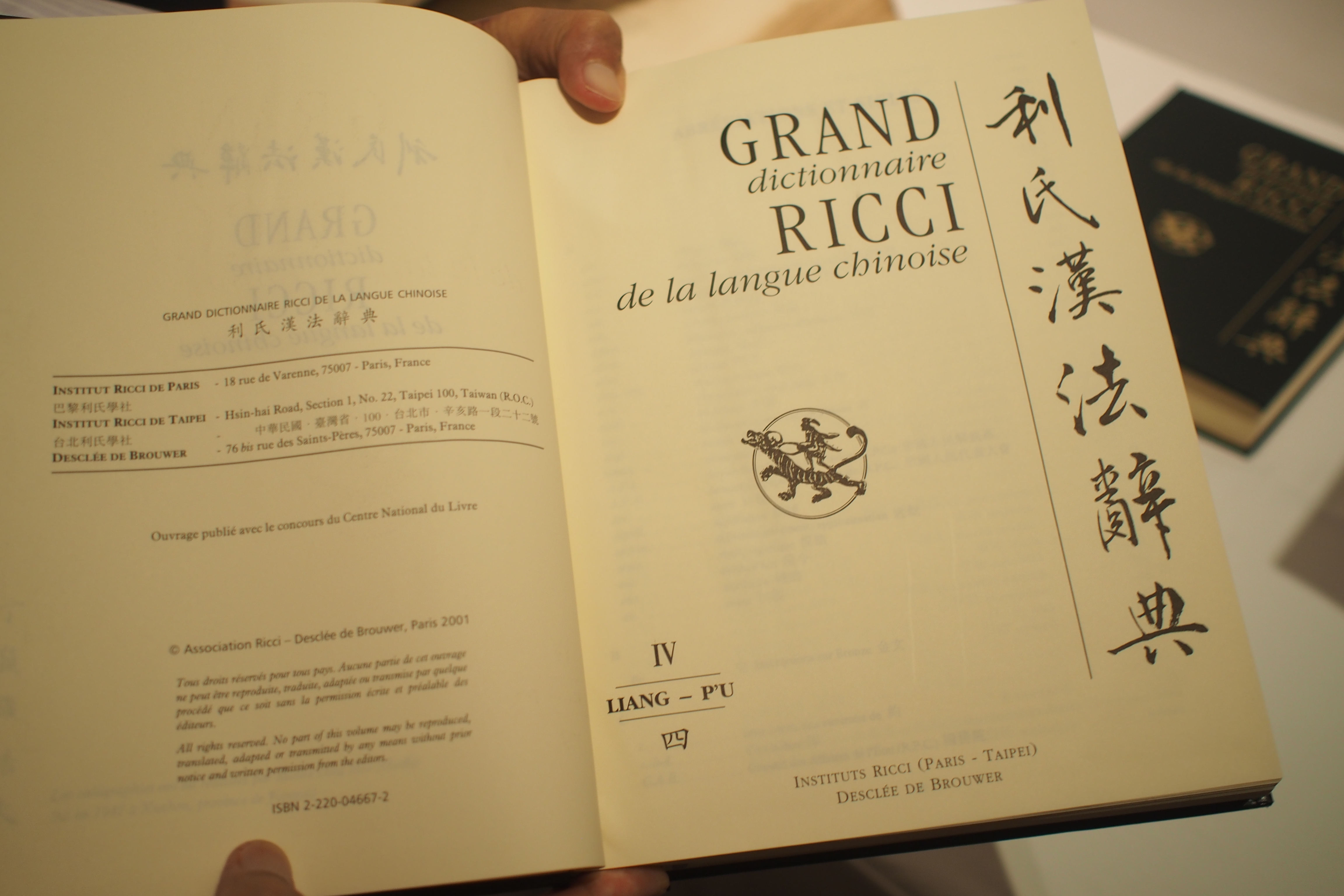By Won Xue Li
On the 9th of October, the Epoch Times had the pleasure of being invited by the French Embassy to a presentation on the Grand Ricci Dictionary of the Chinese Language and the works of Fr. John Lefeuvre on Chinese archaic characters. Held in a luxurious European-style bungalow nestled in the lush greenery of the Botanic Gardens, it was an intimate event with about 30 attendees with a cocktail reception afterwards.
H.E. Marc Abensour, Ambassador of France to Singapore, gave the opening address and warmly welcomed all the guests before inviting Professor Olivier Venture of the Paris-based Ecole Pratique des Hautes Etudes to speak about the works of Fr. Lefeuvre and the Grand Ricci. It was also a tribute to Fr. Lefeuvre, who passed away in 2010.
The Grand Ricci Dictionary of the Chinese Language is the largest bilingual dictionary of the Chinese language ever published covering 300,000 words and expressions and 13,000 individual characters, compiled by over 300 contributors over a fifty-year period and published in 2001. It is not merely a translation from Chinese to French, but it also provides meanings and facts, acting like an encyclopedia.
Fr. Lefeuvre was an ordained priest in the society of Jesus in Shanghai in 1952 and went on to become a pioneer in the study of early Chinese writing, inscriptions on oracular bones and ancient bronzes, to which he devoted his life. He authored the first multilingual dictionary of characters found on Chinese bronzes, the soon-to-be-published Chinese-French-English Ricci Dictionary of Chinese Bronze Inscriptions.
Professor Venture started with a brief history of China and the archaic writing system. The earliest bronze inscriptions appeared at the end of the Shang Dynasty (c. 1600 BC–c. 1046 BC), and was featured prominently especially in the Qing and Zhou Dynasties. Of which, the Mao Gong Ding (Cauldron of Duke of Mao) of the late Western Zhou Dynasty is the longest bronze inscription ever discovered with over 500 characters.

Other types of inscriptions were on bones, also known as Jia Gu Wen, or oracle bone script. These were inscriptions on animal bones or turtle shells, used for divination purposes in ancient China. Wang Yirong (1845-1900) was the first to recognize that the inscriptions on these ancient bones were a form of writing. As of currently, there are 59 such pieces of oracle bones conserved in France.
These publications set a precedence for future bilingual works that connect China and its ancient culture to the rest of the world. What was once said to be unimaginable is now possible thanks to the works of thinkers like Fr. Lefeuvre who devoted his life to researching Chinese writing.
















